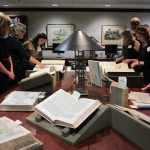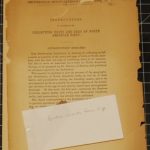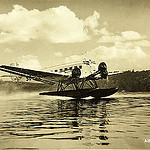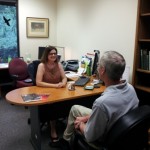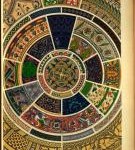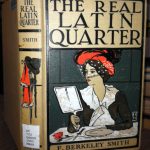This post was written by Cathy Rae Smith who had a 2011-2012 Graduate Research Assistantship at the National Museum of American History Library.
“Style, Comfort, Economy” touted the full color exposition pamphlet for Royal Worcester WCC Corsets. The 1893 World’s Columbian Exposition in Chicago gave attendees an opportunity to see the leading products and advances of the time–including this company’s fully boned, tightly laced corsets described as offering “great FLEXIBILITY, always comfortable.”


